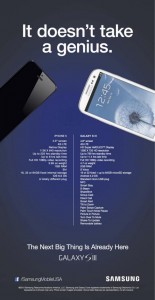 Tragically indeed, Hurricane Sandy has brought great grief to many families. Moreover, it has also disrupted operational aspects of many Upper East Side businesses.
Tragically indeed, Hurricane Sandy has brought great grief to many families. Moreover, it has also disrupted operational aspects of many Upper East Side businesses.
Lorraine Woellert, a reporter for Bloomberg.com, wrote an article entitled “Industrial Production in U.S. Drops 0.4% on Sandy Effect” about the aftermath of the hurricane. In her article, Woellert analyses the effects of the hurricane. Its evident that operations and productions has slowed down. Railroads were disrupted, motor vehicles production were affected, and thus revenue has taken a hit.
The proceeding step is, nevertheless, to figure how to salvage and amend the lost inventory turnover. Whether it was a substantial impact, whether price should be increased, or whether workers should be laid off, etc. are probably some of the questions that the UES businesses had to question. Although hurricane Sandy impact might not require the latter measures, those are some examples of the vast amount of concerns a company’s operation department should consider when an unpredictable natural disaster comes across.
Usually, there is no alternative besides incurring the damages. Its the reaction, whether positive or negative, to the disasters that distinguish prominent businesses.










